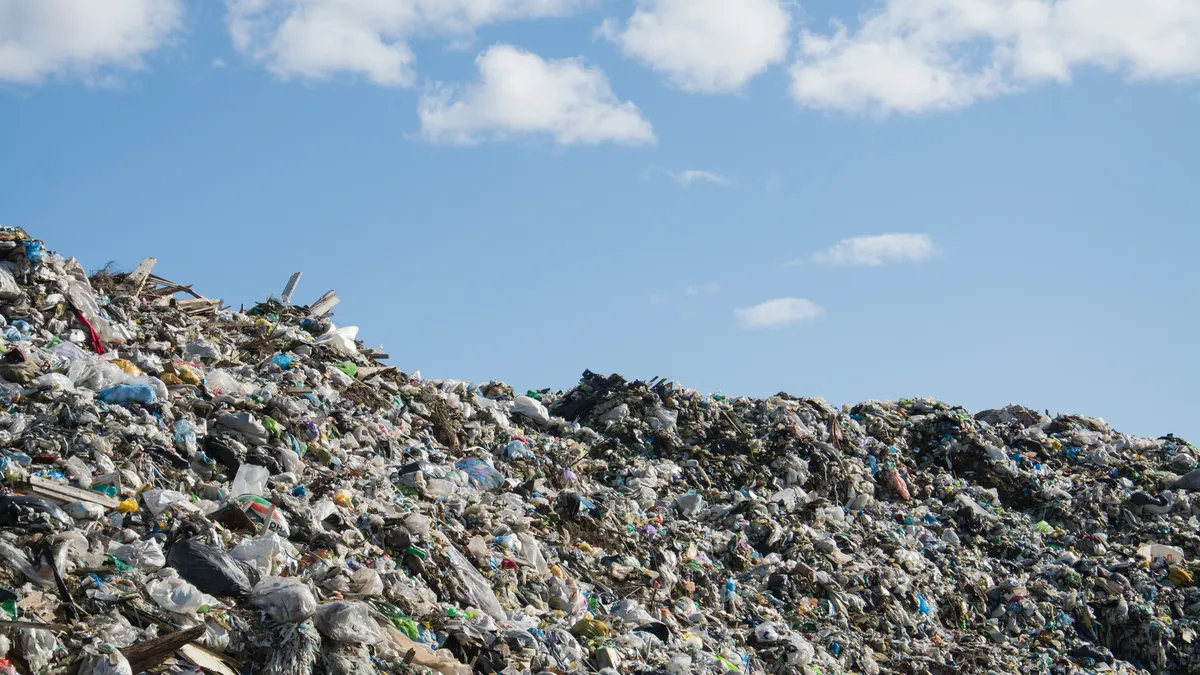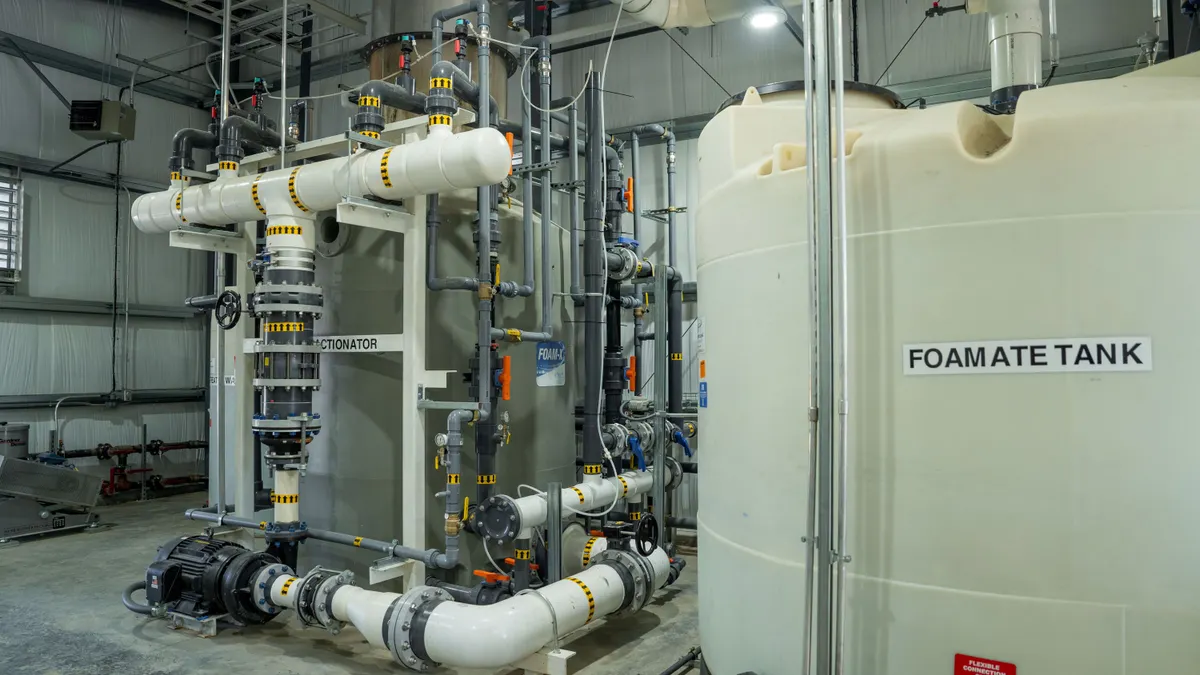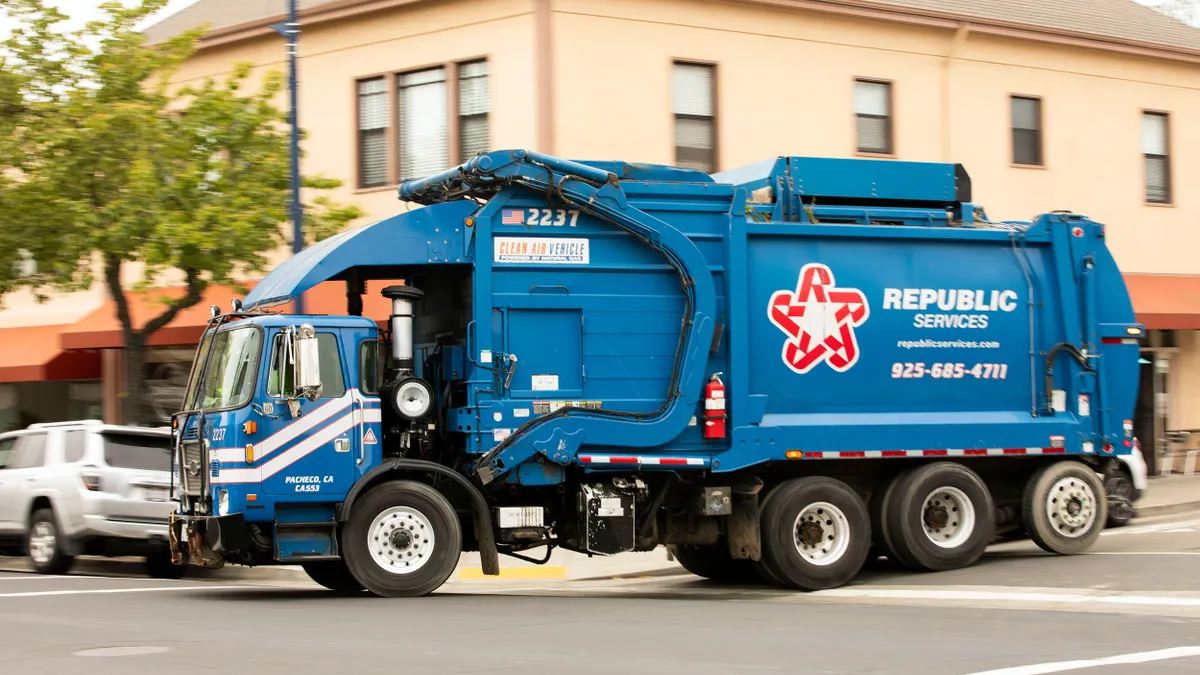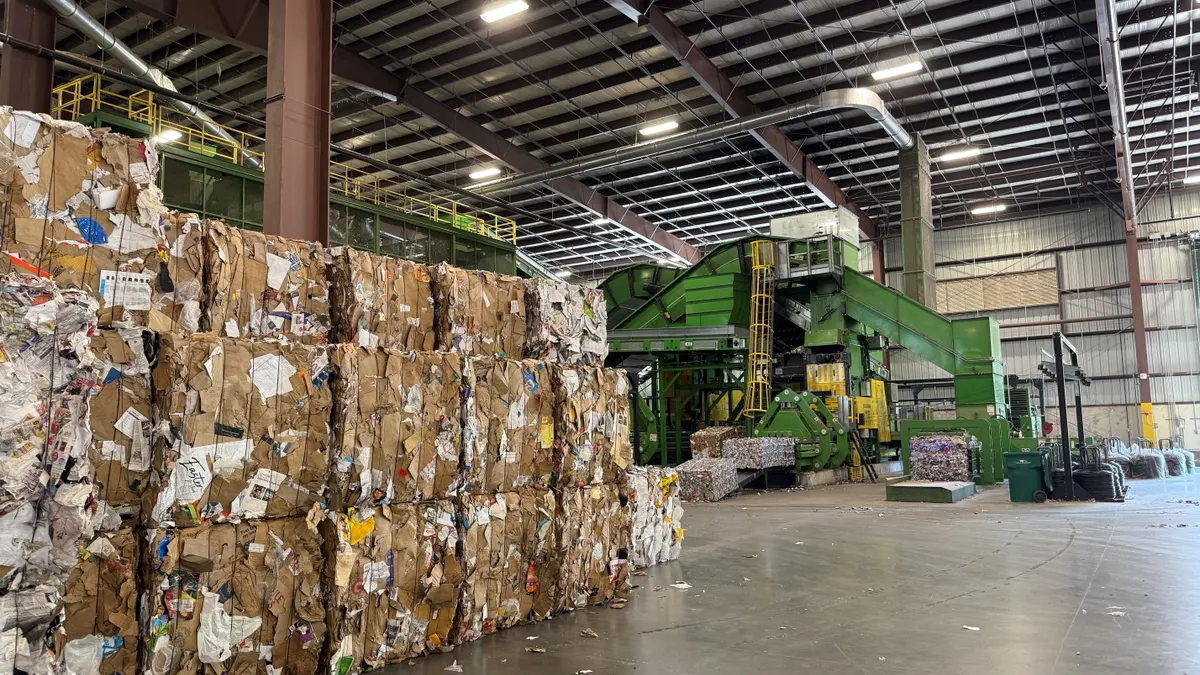Editor's note: This will be the first in a series of regular columns about emerging trends in regulatory compliance and managing hazardous or special waste.
PFAS has become the latest acronym of concern to appear at industry conferences and in local news stories, and needs to be on your radar if it isn't already.
Polyfluoroalkyl substances (PFAS) are a class of chemicals used in a variety of products for the past 80 years. Despite their many beneficial uses, these chemicals have been dispersed around the world because of their use in thousands of industrial, food and textile applications.
Manufacturers using PFAS have contaminated soil, groundwater and surface water as a result of their processes. With the challenge of dozens of contaminated sites, the EPA and numerous states are addressing the remediation and concerns of affected communities. During a recent summit, the EPA proposed new actions to address a variety of PFAS issues.
Here's what you need to know about the next phase of PFAS management and why it will become a significant environmental challenge for the waste industry.
A History of PFAS in Products
In 1938, Dr. Roy Plunkett, a chemist with DuPont in New Jersey, was working with gases related to Freon refrigerants. Upon checking a frozen compressed sample of fluorocarbon, he discovered the sample had polymerized into a white waxy solid. Soon trademarked as Teflon, it became a familiar household name, recognized worldwide for the superior nonstick properties as a coating on cookware and other products.
Patsy Sherman was an American chemist who worked for the 3M Company in 1952. An accidental spill of a fluorochemical rubber on an assistant's tennis shoe was the beginning of an invention. After exhaustive failed attempts to remove the spill, Sherman and her coworker, Samuel Smith, shifted their focus to using the mixture as a protectant. The product became known as Scotchgard.
In 1969, Bob Gore and his father, Bill Gore — both chemical engineers — stretched heated rods of polytetrafluoroethylene (PTFE). Their discovery of the right conditions for extending PTFE with a quick accelerating motion unexpectedly stretched the material about 800%. The resulting product was a strong microporous material characterized by low water absorption and good weathering properties. It was introduced to the public under the trademark name Gore-Tex.
All of these inventors unleashed a magic genie of sorts with products of great importance using PFAS. Two PFAS chemicals in particular, perfluorooctanoic acid (PFOA) and perfluorooctanesulfonic acid (PFOS), have been extensively produced and studied. Both remain very persistent once introduced into the environment or the human body, meaning they don't break down and can accumulate over time. Due to these negative impacts, many have been working for years to put this genie back in the bottle.
The family tree of perfluoroalkyl and polyfluoroalkyl substances
PFAS Litigation
Fardin Oliaei was a research scientist at the Minnesota Pollution Control Agency (MPCA) until she resigned in 2006. In the spring of 2000, her water sampling results showed PFAS turning up everywhere from metro Minneapolis drinking water supplies to fish bioassays in Voyageur's National Park on the Canadian border.
In a whistleblower lawsuit she filed against the MPCA, Oliaei accused her supervisors of trying to bury the findings of the investigation. Her research and its legacy led to a February 2018 settlement between 3M Company and the state attorney general. The $850 million agreement put an end to eight years of litigation over how Scotchgard contaminated the state’s drinking water resources.
In 2001, DuPont was sued for contaminating drinking water supplies near their Teflon plant in Parkersburg, West Virginia. Last year, DuPont offered $671 million to settle 3,550 claims for health effects. This settlement, and the 3M agreement, has since set off a new wave of litigation. In February 2018, the Ohio Attorney General filed suit against DuPont and spinoff, Chemours Company, for the release of PFAS into the Ohio River from 1951 to 2013. And in June, the State of New York sued 3M, TYCO Fire Products and four other companies for threats to public health and environmental contamination caused by PFAS in the firefighting foam products they manufactured.
Research on PFAS Impacts
The Agency for Toxic Substances and Disease Registry (ATSDR) is the federal public health arm of the U.S. Department of Health and Human Services. In a draft report released in June, ATSDR research indicates humans can be exposed to PFAS by drinking contaminated water, eating fish caught in contaminated water, eating food packaged in material containing PFAS, or using certain types of non-stick cookware.
ATSDR examined the possible relationships between PFAS in blood and harmful health effects. The studies do not show whether PFAS causes cancer in people, but high levels of exposure in animals can cause liver, thyroid and testicular cancer as well as other illnesses. The ATSDR report supports an EPA Drinking Water Health Advisory issued in November 2016 that established a safe exposure level for PFOA of 70 parts per trillion (ppt).
PFAS have been disposed in solid waste landfills as an industrial waste stream from PFAS manufacturing plants or those companies who used them in their products. PFAS are not EPA-regulated wastes and are not included in federal regulatory guidance for groundwater monitoring. Landfill operators will be asked to cooperate with state investigations into the impacts of PFAS manufacturing and the subsequent disposal of these wastes at their facilities.
Screening groundwater samples for PFAS is now required in certain states, with Michigan imposing new water quality criteria this past January. The Michigan Department of Environmental Quality placed the same 70 ppt enforcement limit in groundwater for environmental remediation activities.
PFAS may be present in wastewater sludges, particularly at those treatment plants receiving water from factories using PFAS in their products. Most treatment plants are not designed to remove PFAS, so they pass through the plant to be discharged into rivers, lakes and other receiving areas. Leachate collected at landfills can also contribute to PFAS discharges and as a result, some solid wastes facilities are being directed to conduct additional sampling. The New York Department of Environmental Conservation has recently selected 53 inactive landfills for PFAS testing.
EPA PFAS Guidance
In 2006, under the PFOA Stewardship Program, the EPA asked eight major chemical manufacturers to agree to a phased elimination in the use of certain PFAS chemicals in their products. Although PFOA and PFOS are no longer manufactured in the U.S., they are still produced internationally and can be imported in consumer goods such as carpet, leather, coatings, rubber and plastics.
In May 2018, the EPA hosted the National Leadership Summit to address challenges with PFAS in the environment. The agency announced a plan to evaluate the need for a maximum contaminant level for PFAS in drinking water, take steps to classify PFAS as "hazardous substances," develop groundwater cleanup guidance at contaminated sites and study toxicity values for new substitute forms of PFAS such as GenX and PFBS.
The EPA plans to visit affected states to learn directly how to assist communities with PFAS contamination issues. So far, 15 states have developed a range of standards for PFAS in drinking water or for groundwater remediation. Several other states have adopted the EPA health advisory levels as their drinking water standard. Communities will be faced with trade-offs in terms of cost, level of cleanup and residual contamination as part of remediation efforts.
PFAS remediation is likely to become one of the significant environmental management challenges of this decade and the next. The cost to remediate contaminated sites is going to require extensive coordination between agencies and the generators of PFAS and their associated wastes. The EPA has now taken on the leadership responsibility to put this genie back in the bottle.
Rich Thompson is the managing partner of TEC, LLC and provides expert consulting advice on complex environmental compliance issues. He was formerly the director of environmental compliance for Republic Services.


















